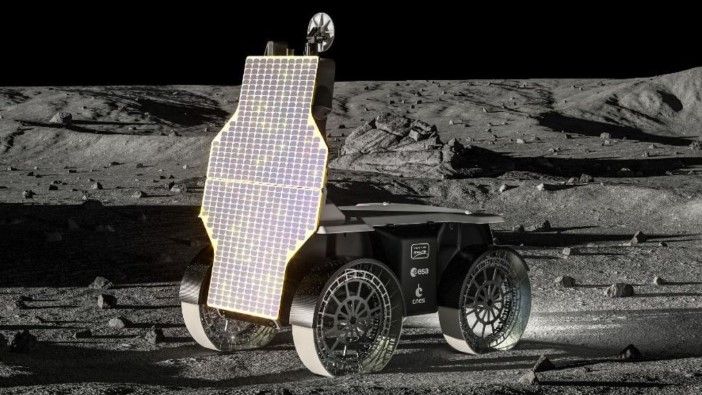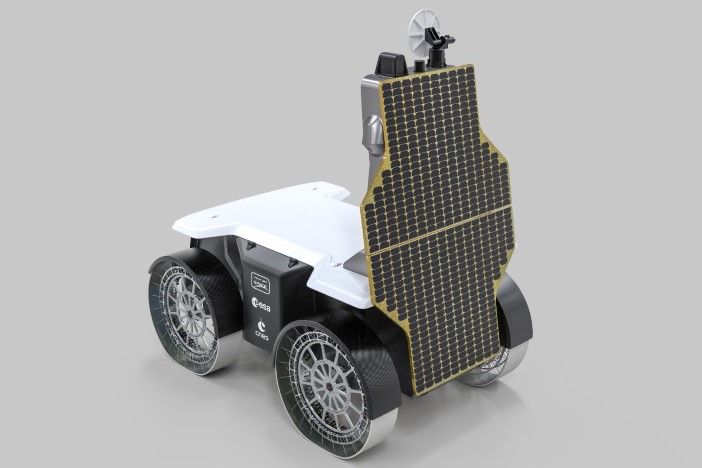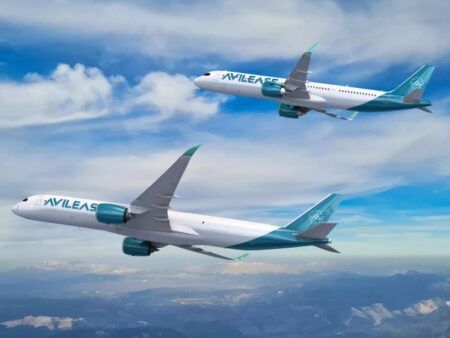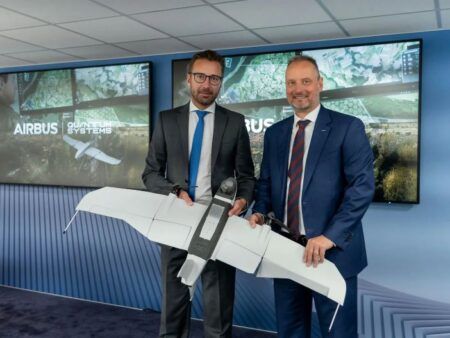Venturi Space has revealed the Mona Luna rover, which will be used by the European Space Agency and French space agency during future moon missions.
The vehicle will be built at Venturi Space France’s facility in Toulouse and is planned to be ready for use by 2030.
The Mona Luna rover is designed to meet the needs of European Space Agency (ESA) and national European space agencies. According to the company, the vehicle will further Europe’s efforts to achieve technological independence in lunar mobility and enable it to advance space ambitions.
Venturi Space France will oversee Mona Luna’s development and space qualification from Toulouse, coordinating onboard electronics, avionics, space-to-ground links, energy management systems, assembly, final integration, and acceptance testing. The program aims to deploy Mona Luna at the Moon’s South Pole by 2030.
The ESA is supporting Venturi Space’s efforts to design and develop critical technologies required for a large lunar rover capable of surviving multiple lunar nights. According to Venturi Space, the ESA has validated the company’s approach.


The Mona Luna project will draw on experience gained from Venturi’s existing program to develop the FLIP (FLEX Lunar Innovation Platform) and larger FLEX (Flexible Logistics and Exploration Rover), running as part of a strategic partnership with US-based Venturi Astrolab. Venturi Space is designing and building hyper-deformable wheels for those vehicles, along with associated electrical systems in Switzerland and high-performance batteries in Monaco.
Mona Luna is designed to be carried into space by the Ariane 6.4 launch system and landed on the Moon’s surface by the European Argonaut lunar lander. The rover will be equipped with a robotic arm to handle scientific instruments and payloads.
The rover will be electrically powered, recharging via solar panels, and designed to move autonomously. The vehicle will be equipped with three high-performance batteries and capable of carrying a wide range of payloads while surviving multiple lunar nights.
The rover is designed to achieve a top speed of 12.4mph (20km/h) and weigh a total of 1,653 lbs (750kg). According to the company, the rover could be used in an emergency to carry an astronaut, as envisaged by the European Space Agency and CNES in feasibility studies.
Mona Luna’s maiden mission will focus on scientific applications. According to Venturi Space, future deployments could meet demand from the European private sector for carrying payloads to the South Pole, exploiting lunar resources such as helium-3, or public outreach campaigns.
“I’m still an explorer, first and foremost,” said Gildo Pastor, president of Venturi Space. “Space is a new frontier, and Mona Luna is how we are actually going to broach it. Alongside Europe, we aim to build an autonomous lunar exploration capability to meet the scientific, economic, and strategic challenges of tomorrow.”
Dr. Antonio Delfino, director of space affairs at Venturi Space, said Dr. Antonio Delfino, director of space affairs at Venturi Space said, “Our primary focus is to make ourselves fully available to the ESA and European national space agencies. With Mona Luna, we aim to deliver major technological breakthroughs that will pave the way for extended lunar mobility.”




